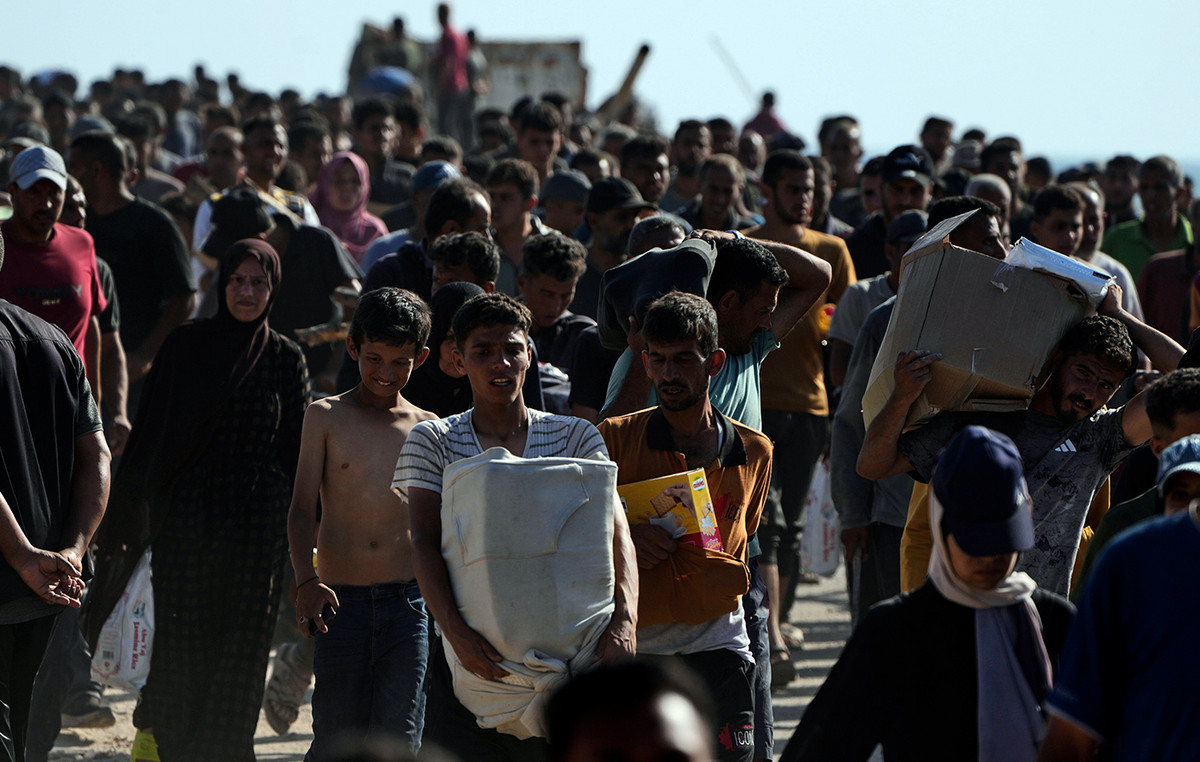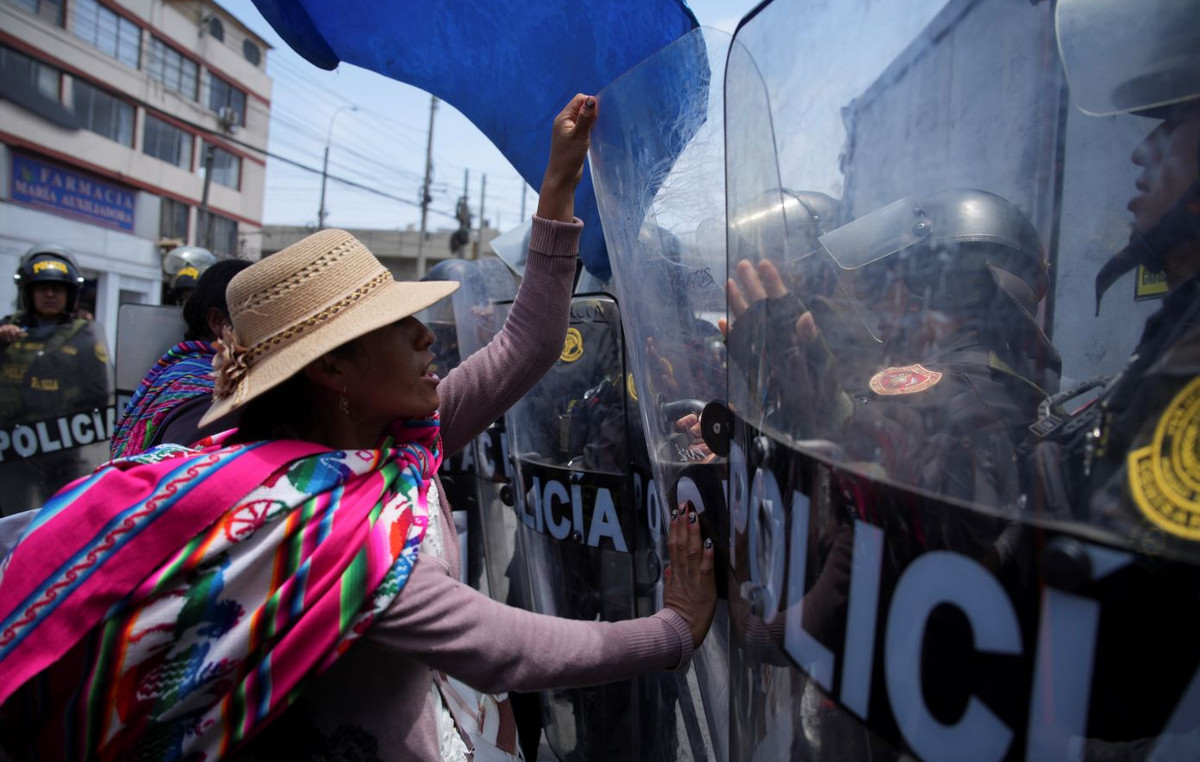O dollar rose 0.52%, quoted at R$ 5.118, around 9:15 am this Tuesday (16), benefiting from the continuity of risk aversion among investors after data on the economy of China reinforce fears about a global economic recession.
China’s retail sales and industrial production data had deceleration in July compared to the previous month and were lower than expected by the market, while real estate investment had a further decline.
The numbers reinforced the prospect of a slowdown in the Chinese economy, making investors look for safe assets. Markets linked to commodities like the Brazilian, tend to be more affected by the prospect of lower demand.
On Monday (15), the dollar rose 0.36%, quoted at R$ 5.092. already the Ibovespa advanced 0.24%, to 113,031.98 points.
overall feeling
Strong global risk aversion by investors, triggered by fears about a possible widespread economic slowdown due to a series of interest rate hikes around the world to contain record levels of inflation, has eased in recent days, reflecting expectations of a cycle of interest rate hikes. less aggressive in the United States.
The process of raising the US rate continued in July with a new increase of 0.75 percentage point. However, the Federal Reserve has signaled that it may make smaller hikes as the country’s economy already shows signs of slowing, seeking to avoid a recession.
Higher interest rates in the United States attract investments for the country’s fixed income due to its high security and favor the dollar, but harm markets and stock exchanges around the world, including the North American ones.
Investors are also monitoring the situation of China’s economy, which is also showing signs of a slowdown linked to a series of lockdowns in relevant cities. The expectation is that the Chinese government will intensify an effort to stimulate the economy, but with difficulties to reverse a situation of low consumption by the population, which impacts the country’s demand for commodities.
In the domestic scenario, the Benefits PEC which creates or expands social benefits with an estimated cost of R$ 41 billion, was poorly received by the market, as it reinforces the fiscal risk by bringing new spending above the ceiling.
The Ibovespa and the real were harmed by the scenario, but an apparent greater optimism in the market has allowed a recovery.
Test your knowledge about the Ibovespa
Let’s start with an easy one: what is the Ibovespa?
Who is responsible for calculating the Ibovespa?
What types of assets are eligible to be listed on the Ibovespa?
Which of these is NOT a criterion for a stock to enter the Ibovespa
How many shares are currently in the Ibovespa theoretical portfolio?
How often is the Ibovespa theoretical portfolio reviewed?
What is the most important stock on the Ibovespa?
What is the smallest share on the Ibovespa?
Each Ibovespa point is equivalent to 1 real. This statement is
What is the historical record for closing the Ibovespa?
Try again!
Tip: follow CNN Business to understand more about Ibovespa
Nice job!
You know a lot about the Ibovespa, but you could know a little more
Sensational!
Congratulations! Are you an Ibovespa expert?
*With information from Reuters
Source: CNN Brasil
I am Sophia william, author of World Stock Market. I have a degree in journalism from the University of Missouri and I have worked as a reporter for several news websites. I have a passion for writing and informing people about the latest news and events happening in the world. I strive to be accurate and unbiased in my reporting, and I hope to provide readers with valuable information that they can use to make informed decisions.







